On holiday in Italy? Discover the must-see in Brescia.
Visiting Brescia is traveling in time. Antiquity, Renaissance or Middle-age, all traces of our history are present in this unique city.
Also named the Lionne of Italy, the city offers its visitors much more than the vestiges of its past. During your stay, admire exceptional landscapes with many lakes around.
If you would like to explore this still unknown city, read our guide of the must-sees in Brescia.
Also: The 12 things to do in Lombardy
1. Castle of Brescia
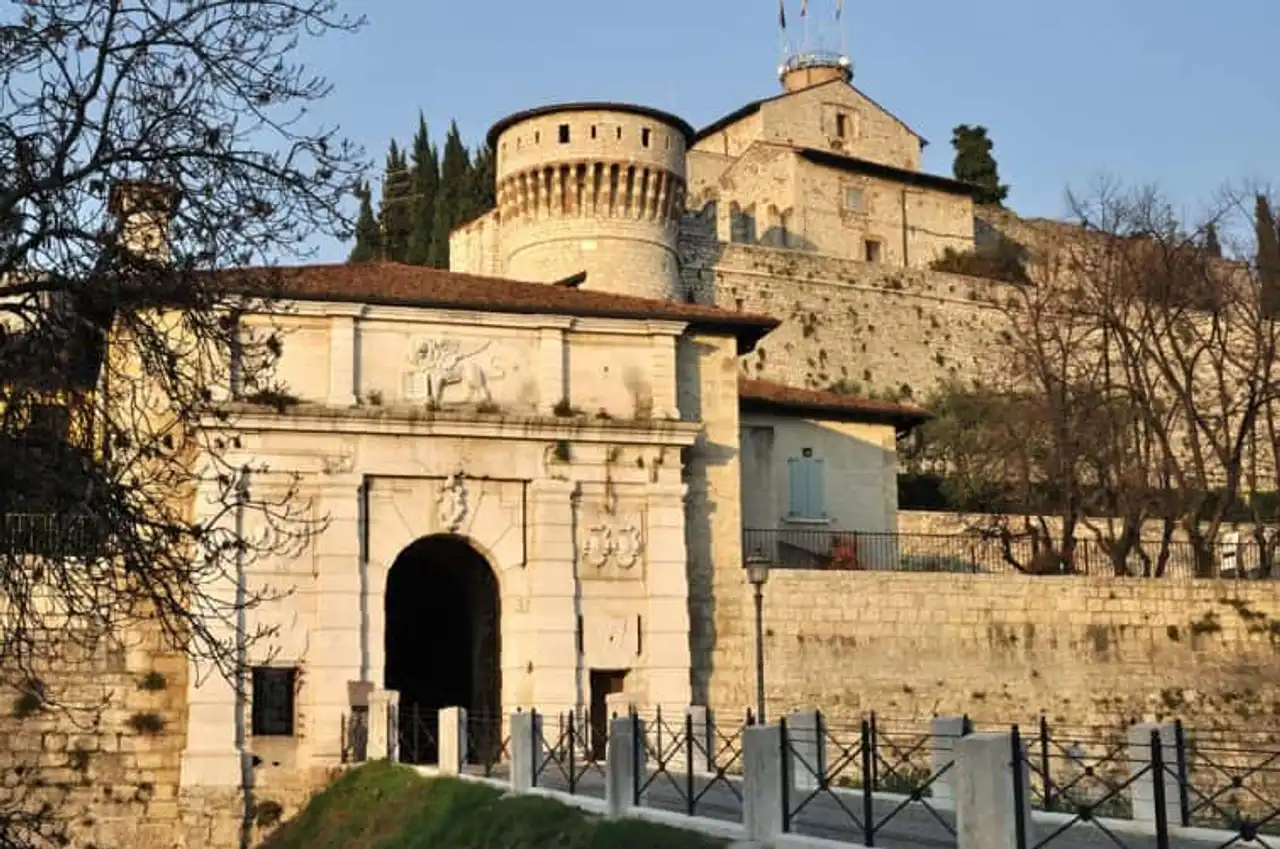
Photo credit: Shutterstock – hal pand
During your visit to Brescia, take the height up on the hill overlooking the city. From here you reach the castle of Brescia also named the “Faucon of Italy” because of its elevated position. Before entering the building, take a few minutes to admire the landscape that stands before your eyes.
To enter the castle, you pass through a magnificent portal designed by Michel Sanmicheli. You will admire a large tower dating from the 13th century.
Inside, the fortress houses two museums: one on ancient weapons and the other on Italian reunification in the second part of the nineteenth century.
2. Monastic complex Santa Giulia
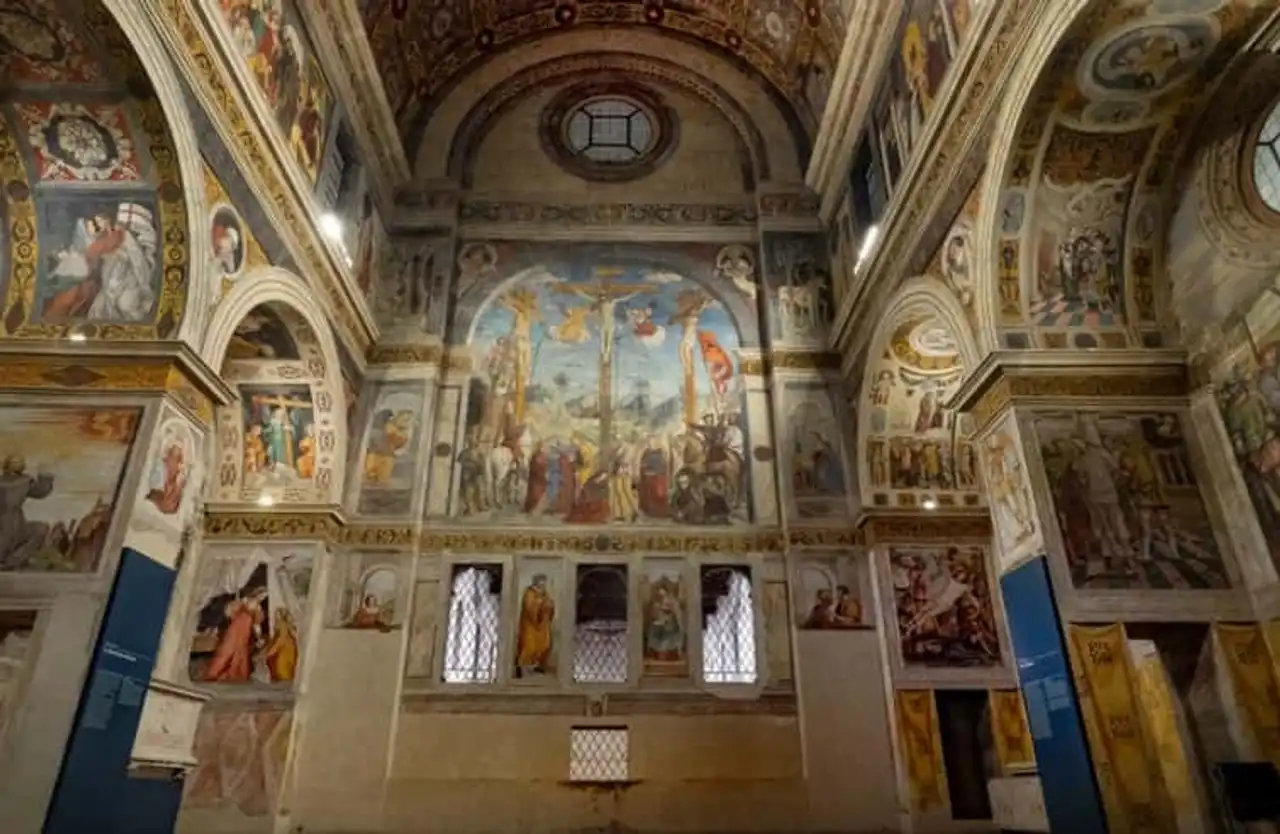
Photo credit: Shutterstock – Luca Ponti
Uncontournable in Brescia, the monastic complex Santa Giulia is classified as UNESCO World Heritage. Here you will discover the history of the city that begins at the Bronze Age.
The complex houses the Brescia Museum and is divided into two routes:
- History of the city : it is an immense museum exhibiting many objects in showcases ranging from prehistory to the Middle Ages;
- History of the monastery : cross the rooms of the old building, like the Lombard Church of San Salvador, the choir of the nuns and other vestiges dating from Antiquity.
3. Piazza della Loggia
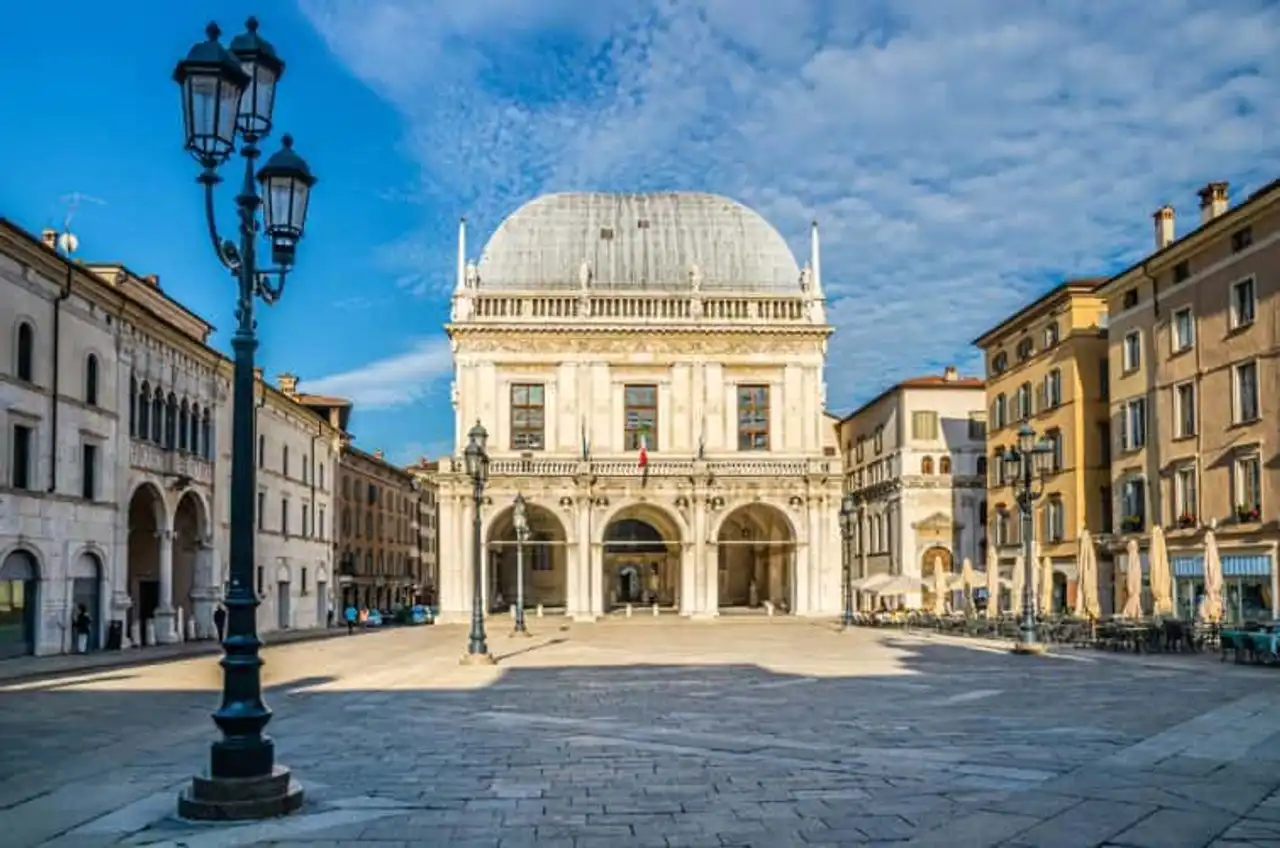
Photo credit: Shutterstock – Aliaksandr Antanovich
No way to visit Brescia without going through the Piazza della Loggia. Renaissance jewel mixing styles Lombardy and Venice , this is one of the most beautiful places in the city.
All in harmony, the square is home to unmissable monuments in Brescia: the Palazzo della Loggia, the Monti di Pietà, the Torre dell’orologio and the Portici.
To access the square, cross the “Porta Bruciata” (in other words, burnt door). She was named after a fire of 1184.
4. Local specialties
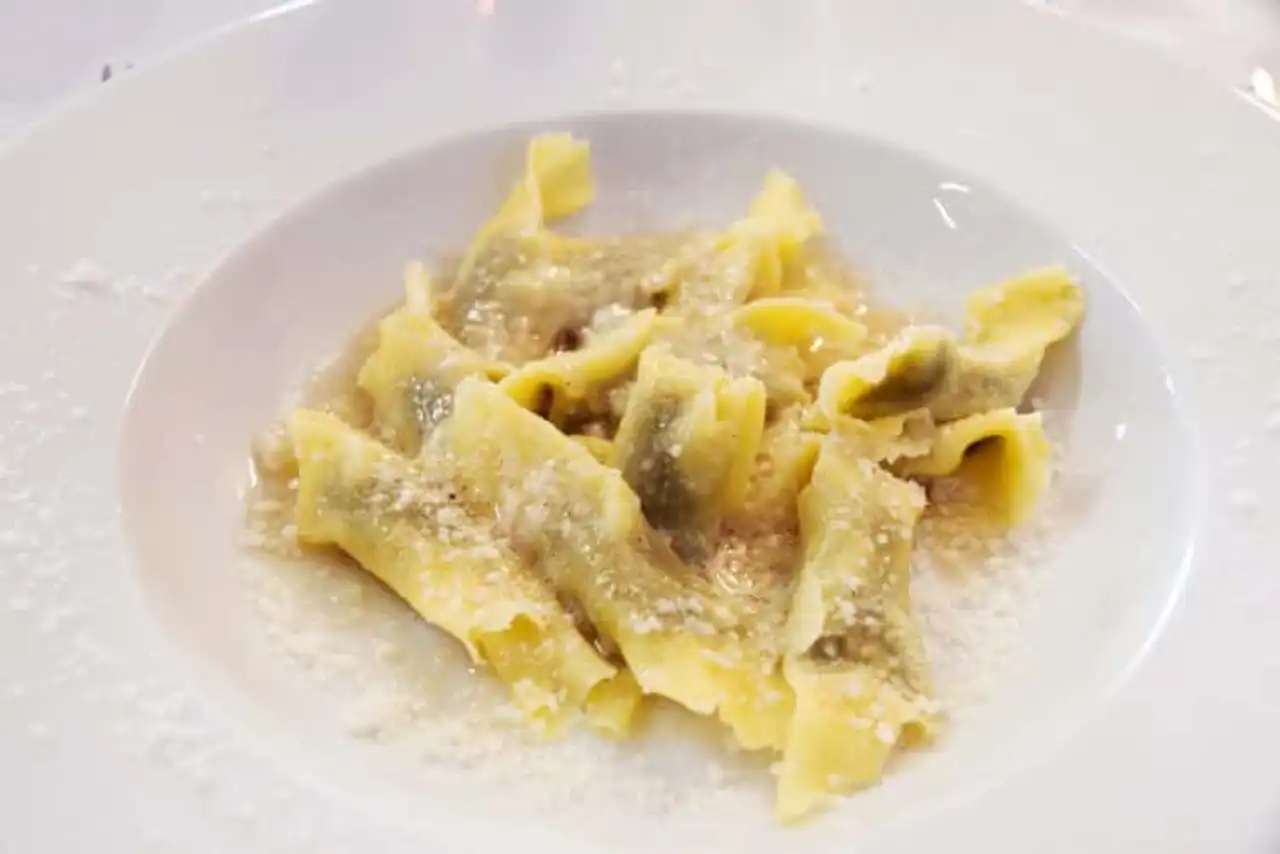
Photo credit: Shutterstock – Morenovel
Visiting Brescia, like any other Italian city, is discovering local specialties. Among the specialties of the city and Lombardy, taste the polenta, the merigunda soup or the casonsei (vegetables of vegetables and cheeses).
To digest your meal, enjoy one Grappa Malvoisie , which is the liqueur of the region. With more than ten starred restaurants, the city will delight your taste buds.
5. Duomo Vecchio and Duomo Nuovo
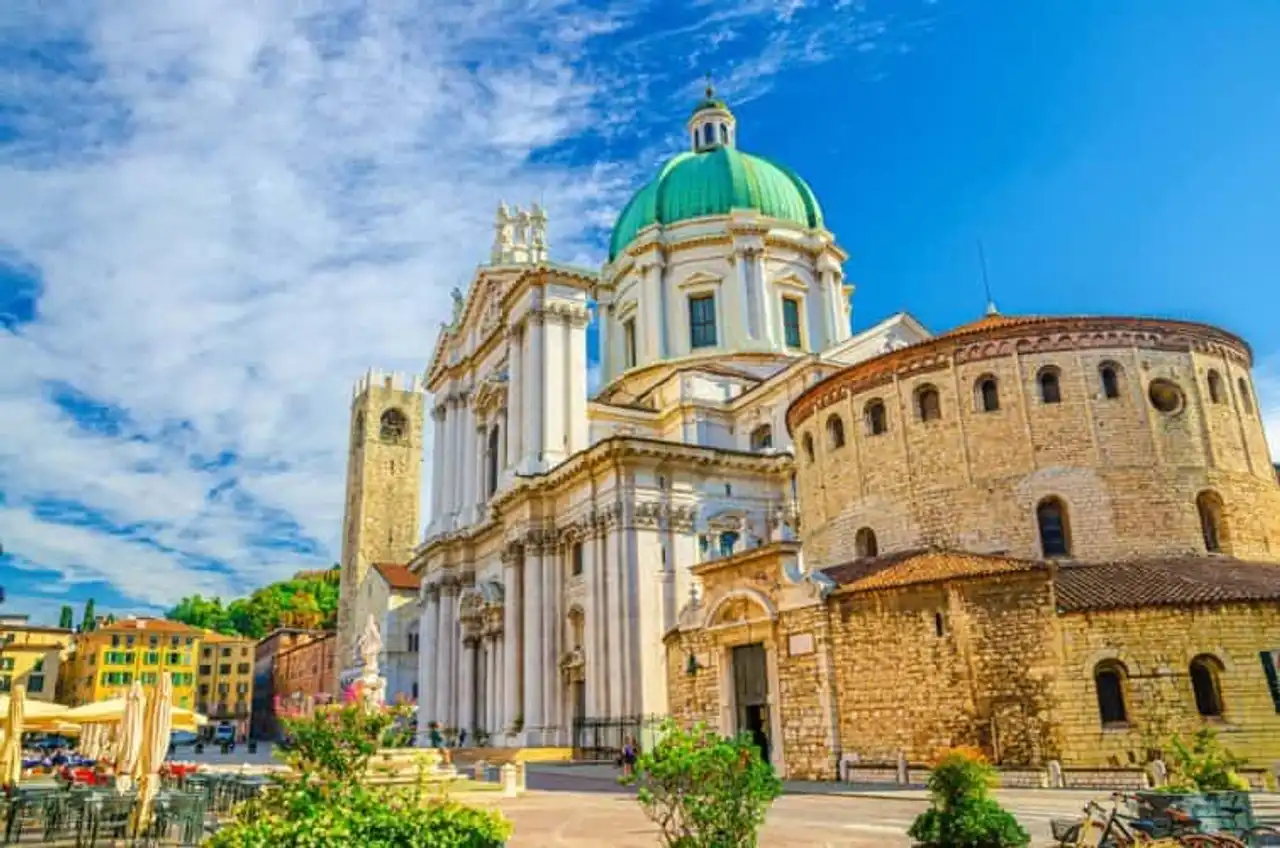
Photo credit: Shutterstock – Aliaksandr Antanovich
Historical city par excellence, Brescia offers two cathedrals built in two distinct eras.
The first and oldest; Duomo Vecchio was built in the 12th century. Inside, you can admire Moretto paintings and several mosaics on the ground dating from the time of its construction. The building is also known as the Rotonde because of its circular shape.
The second; Duomo Nuovo dates from 1604. With a Renaissance style, the cathedral has a very rich architecture.
6. Brescia underground
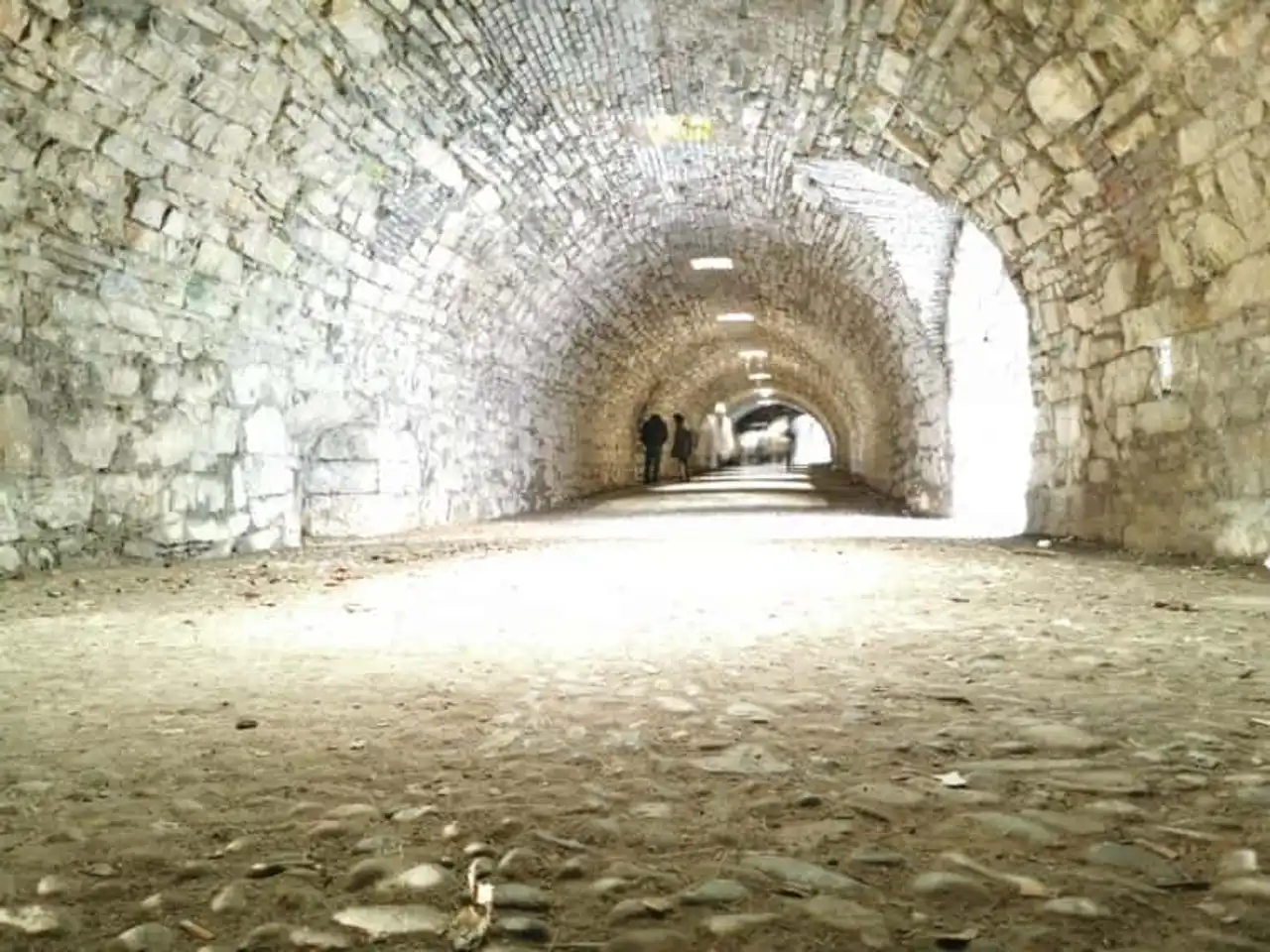
Photo credit: Shutterstock – TinoFotografie
Come visit Brescia and discover the basements of the city. Guided tours are regularly organized. Several routes are offered to explore the undergrounds of the Lionne of Italy.
Go to the adventure under the castle of Brescia and walk through the hidden rooms, tunnels, towers. Another route takes you to the basement of Brescia.
A few meters below the ground, you will discover the many rivers that pass through the city. It is a real labyrinth under the earth that awaits you.
7. Parco delle Colline

Photo credit: Shutterstock – ArdoPics
What to do in Brescia to take the fresh air? Go to Parco delle Colline. It is a hilly territory between the Lionne of Italy and the surrounding municipalities.
If you want to walk outside the city centre, the park offers several more or less difficult trails.
With an altitude ranging from 190 to 960 metres, this space includes several levels of elevation for hiking enthusiasts.
8. 1,000 Miglia
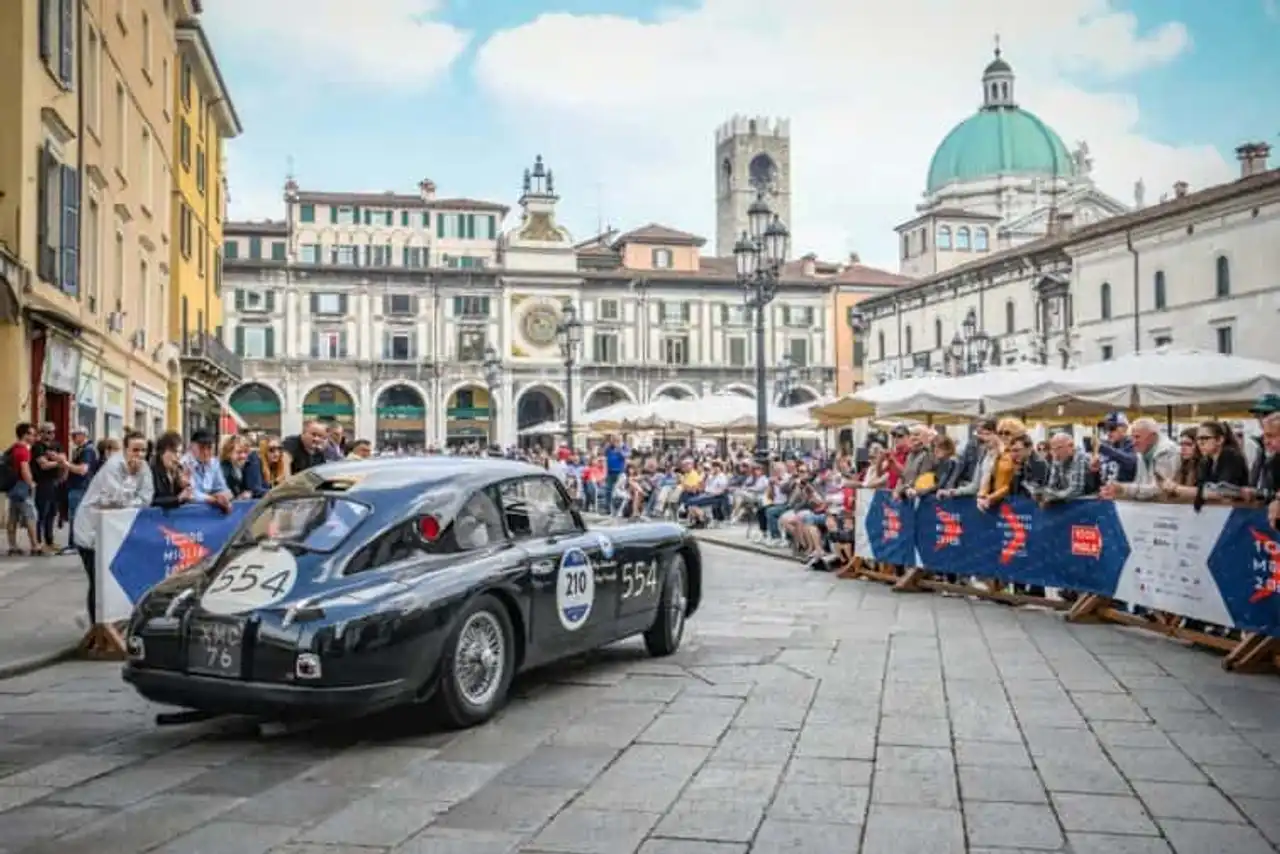
Photo credit: Shutterstock – BNFWork
The race
Passionate about a car? Come and visit Brescia to attend the Mille Miglia race. Every year, teams from all over the world start from Viale Venezia to compete in a single race.
The procession crosses part of Italy (he passes by, among other things, Milan , Rome or Lake Garda ) and return to Brescia a few days later.
On arrival, a parade of old cars strewn the streets of the Lionne of Italy.
The museum
Open since 2004, the 1,000 Miglia Museum is not a car museum like others. Through the cars in this building, you will understand the history and myths surrounding Brescia and the whole country.
Each vehicle is accompanied by a decor designed to reconstruct certain events of past races. Thanks to several collaborations (with private collectors or with other museums), the 1000 Miglia museum presents to all car enthusiasts real treasures.
9. A trip to Monte Isola Island
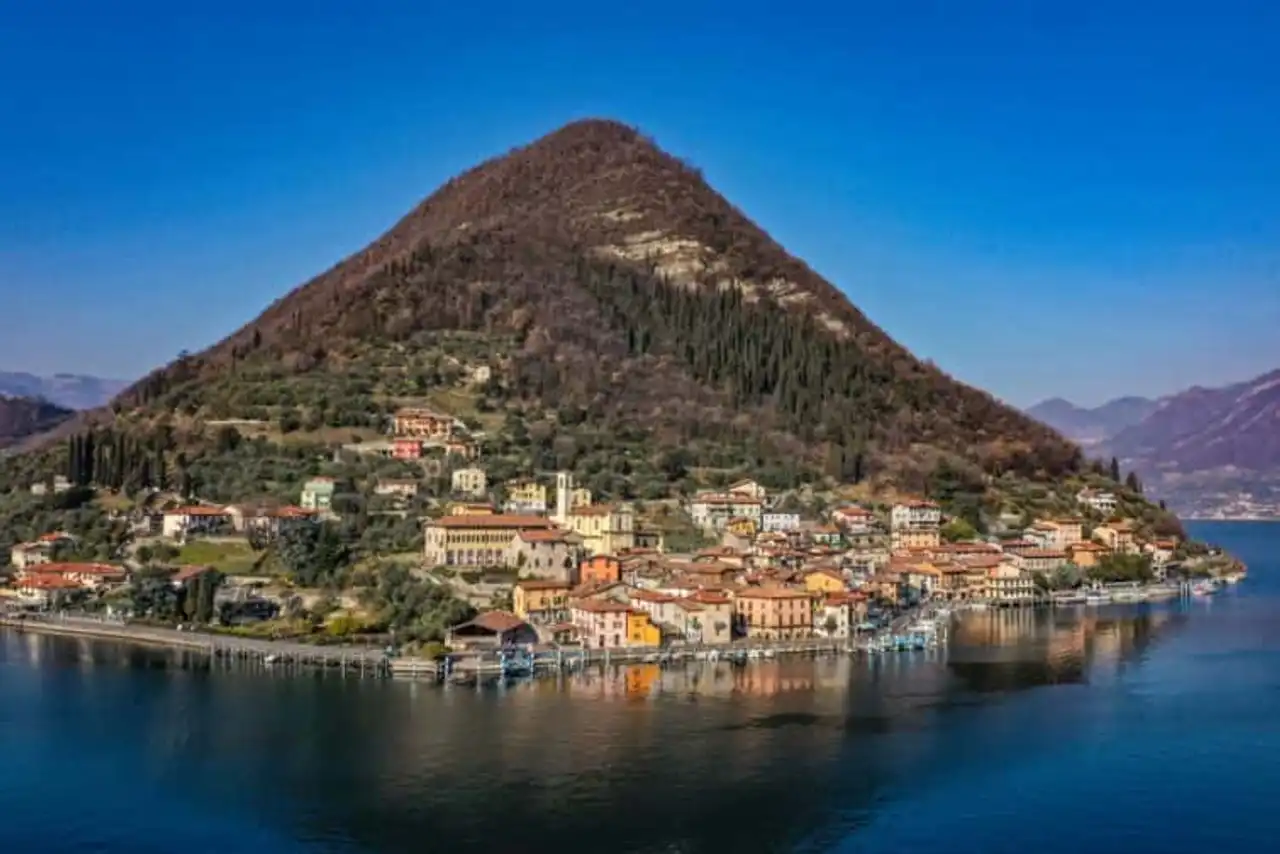
Photo credit: Shutterstock – BNFWork
Ideally located near Iseo Lake, Brescia offers many excursions to discover the surrounding area. Among the most popular, the discovery of the island of Monte Isola.
With 4.3 kilometers in length, it is the largest island on a lake in Europe. Once on site, you can explore the four fishing villages on the island.
But be careful, cars are prohibited on Monte Isola, making the bus or bike rental mandatory.
10. A wine tasting
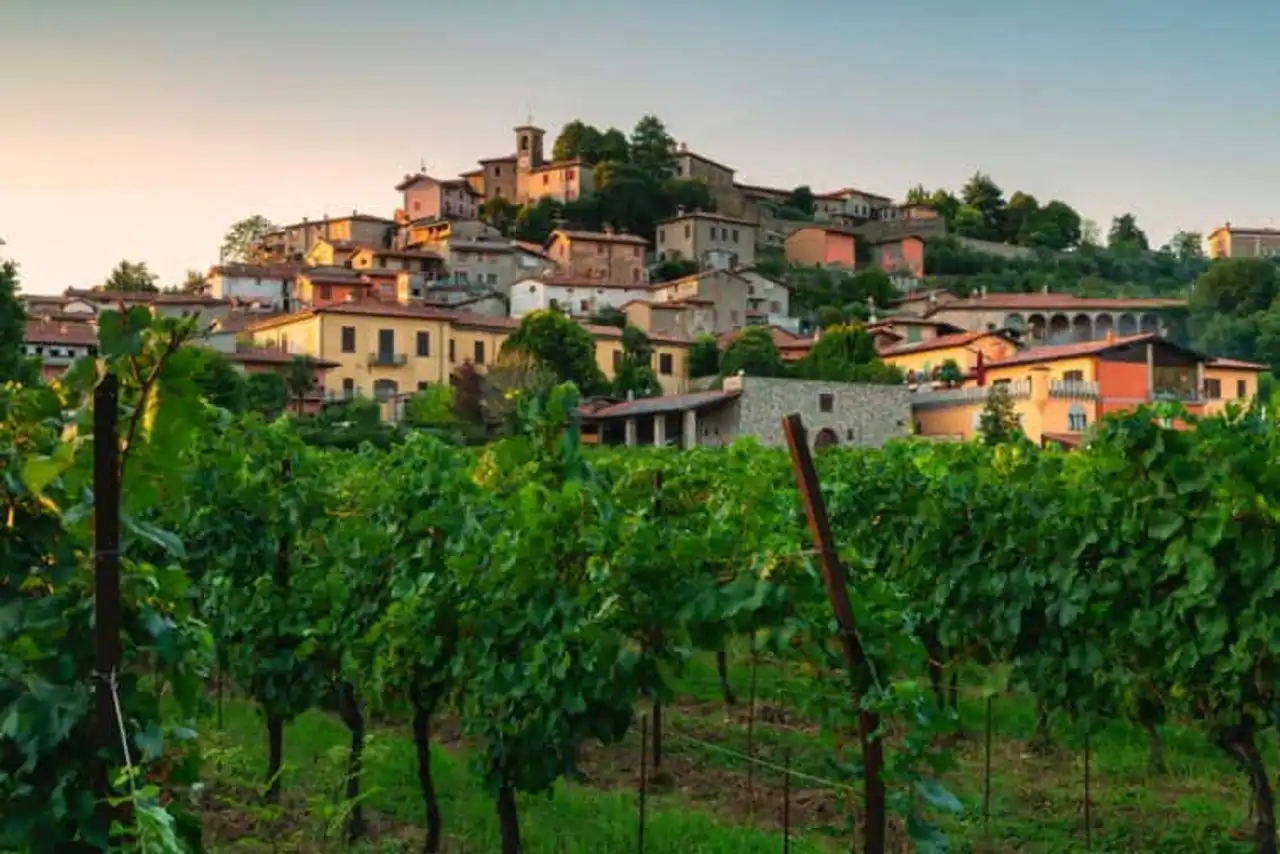
Photo credit: Shutterstock – MicheleRossetti
During your stay in Brescia, visit a vineyard of Franciacorta, the famous wine region bearing the same name.
Thanks to ideal climatic conditions, Franciacorta has been producing wine since the night of time, and more precisely, since the Roman period.
In addition to offering you a very good wine, this region offers exceptional landscapes with lost-view hills and many cultural sites.
11. The churches of the city

Photo credit: Shutterstock – Aliaksandr Antanovich
Historical city, Brescia offers its visitors numerous churches. Among the best known, visit the church of Santa Maria della Pace.
Dating from the 18th century, the building houses many works of art within it (such as the presentation at the Temple of Pompeo Batoni or a statue of Antonio Calegari).
Another must-see place in Brescia, the church of Santi Nazario and Celso. With its imposing façade and Corinthian columns, you will not be able to pass next to this historic monument.
Complete your visit to the places of worship in Brescia by the church of Saint-Francis, dating from the second half of the 13th century. In a mixture of Romanesque and Gothic style, the building offers a very rich architecture with its many frescoes that adorn the walls.
12. Parc Giardini Falcone
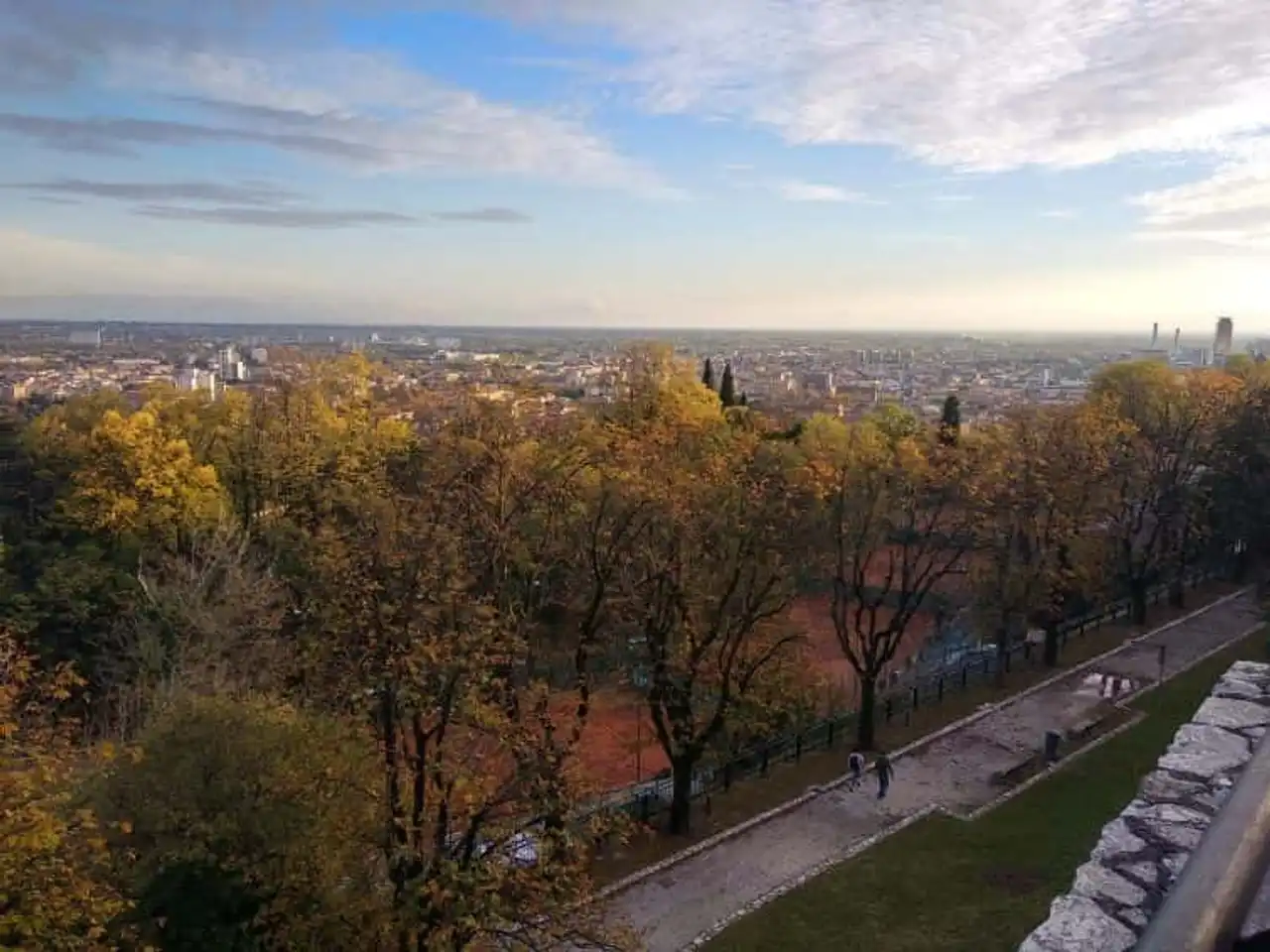
Photo credit: flickr – albyantoniazzi
With its many parks, Brescia can easily be called a green city.
If you have come to visit the Lionne d’Italie, relax a few moments away from the bustle of the center within the Giardini Falcone Park. Ideal for families, this space offers many distractions for children.
13. Pinacothèque
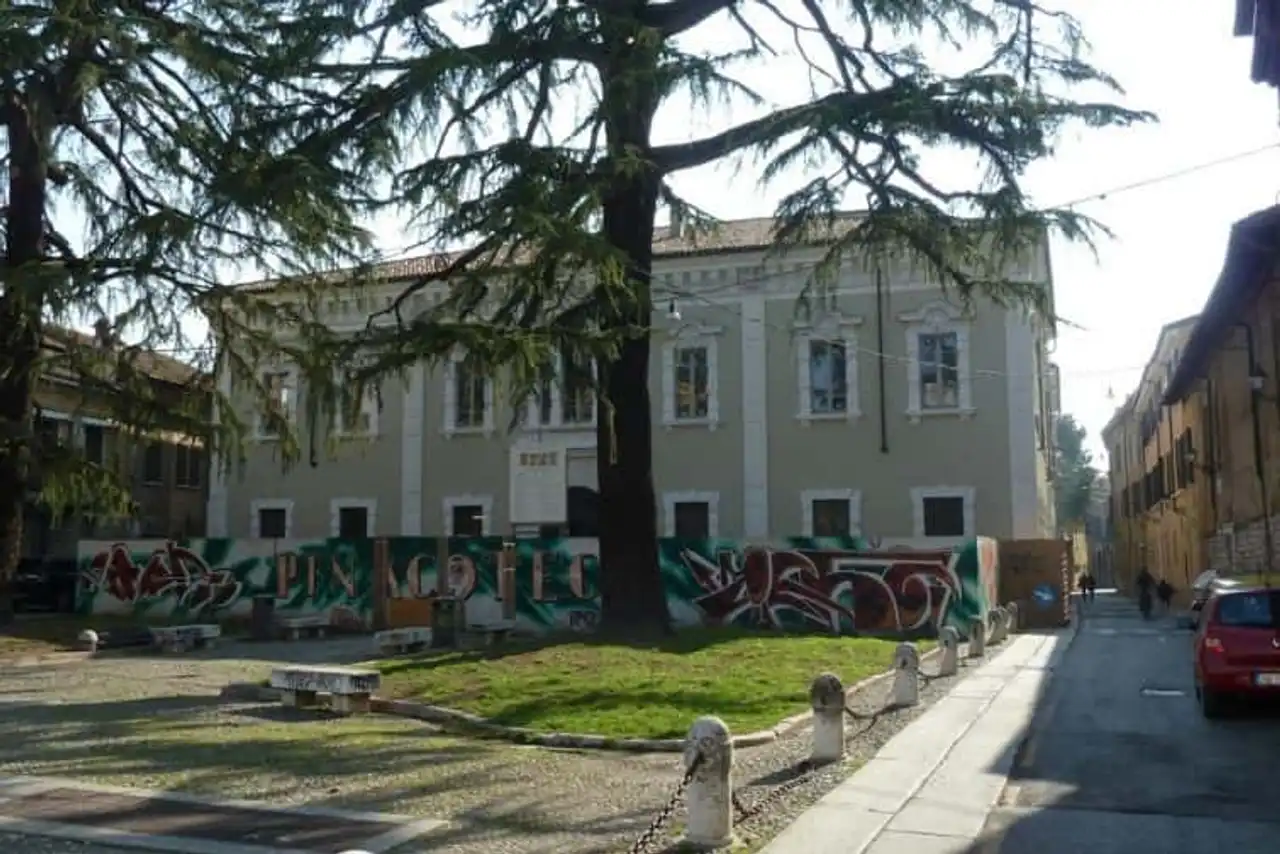
Photo credit: Wikimedia – Mattes
Come and visit Brescia and discover its history through works of art. For that, go to the Pinacoteca.
You can admire a collection of impressive paintings like those of Raphael, including the Virgin and the Child, the Angel and the Blessing Christ.
Here, the Renaissance is honoured with the works of the greatest artists of this period. In addition to paintings, numerous sculptures, silverware objects or medals reside in this building.
14. The ruins of the capitol temple
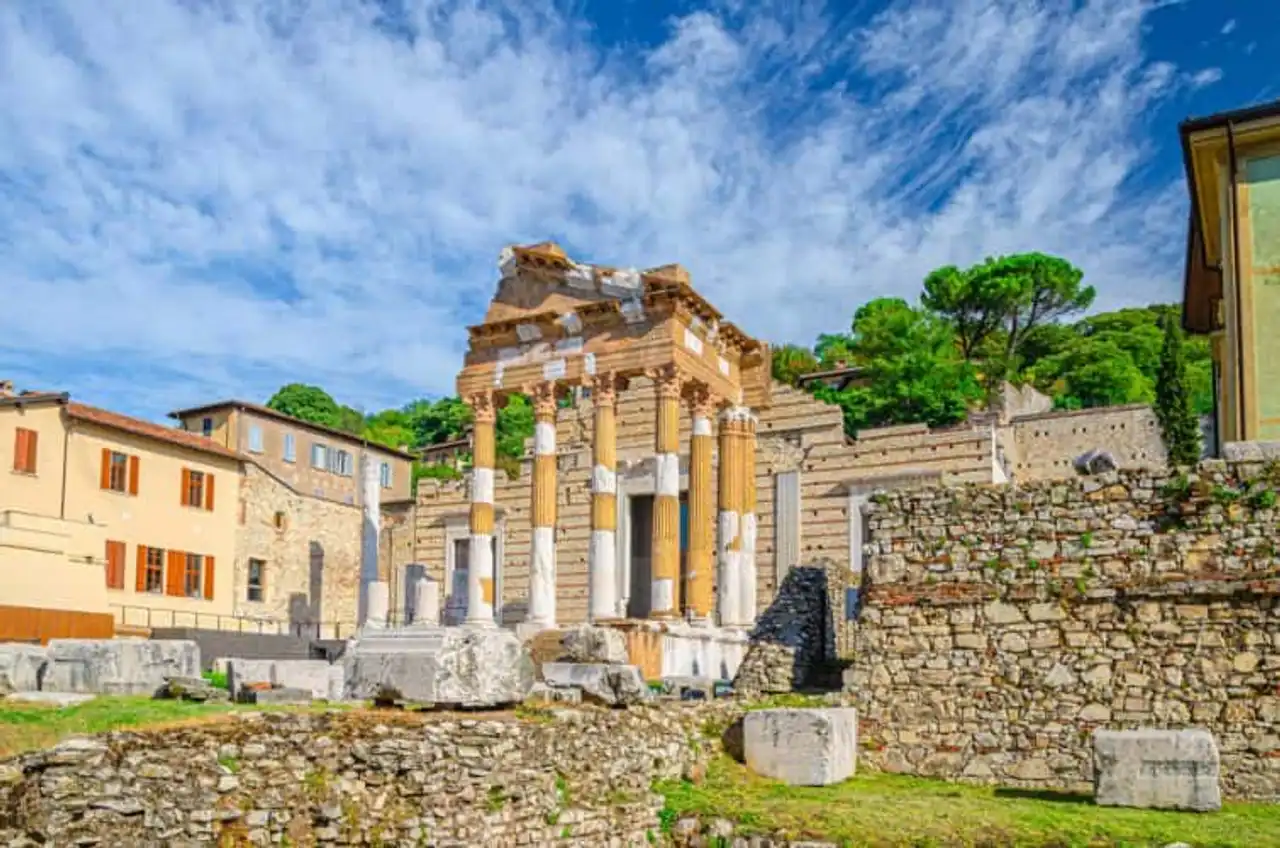
Photo credit: Shutterstock – Aliaksandr Antanovich
Brescia has been living since Bronze’s age and offers its visitors the vestiges of its most distant past. This is how you can visit the ruins of the capitol temple near Piazza del Foro.
Built in 73 after Jesus Christ, the temple was dedicated to the triad Jupiter, Junon and Minerve.
These ruins are integrated into an archaeological site including several ancient buildings. Among them, a Roman museum and an amphitheatre have frescoes in style Pompei .
How do I get to Brescia?
To visit Brescia you have several transport solutions:
- Train If you are already in Italy, the station serves the cities of Milan, Verona, Padua or Venice. On the other hand, if you are France, direct night trains exist since Paris ;
- Aircraft : Brescia Airport is about 15 kilometres south of the city centre. You can compare prices for flights to Skyscanner. However, Wanderlix advises you to favour the Milan airport which remains at a reasonable distance from Brescia and whose offer from France is more abundant;
- Car : if you want to discover Brescia and its surroundings, don’t hesitate to come by car. You can also rent a car directly on site.
Where to sleep in Brescia?
The choices of accommodation are multiple in Brescia. Between hotels, hostels or apartments in Airbnb , there are for all budgets on hotel comparisons .
For a tour of historical monuments, stay in downtown . And if you want to get away a little bit, the region Franciacorta or Lake Garda offers many possibilities.
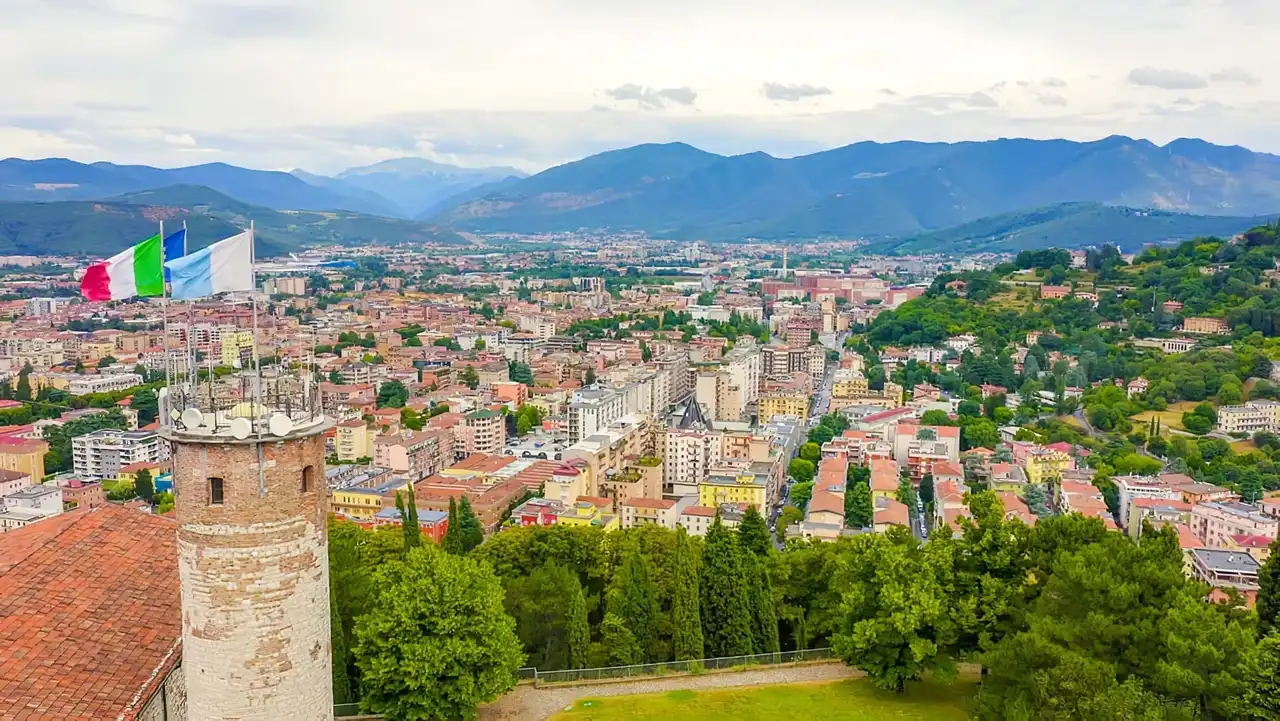




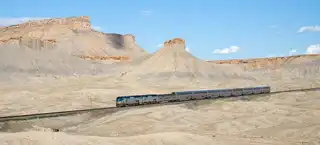
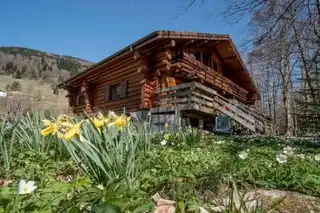

Loading comments ...